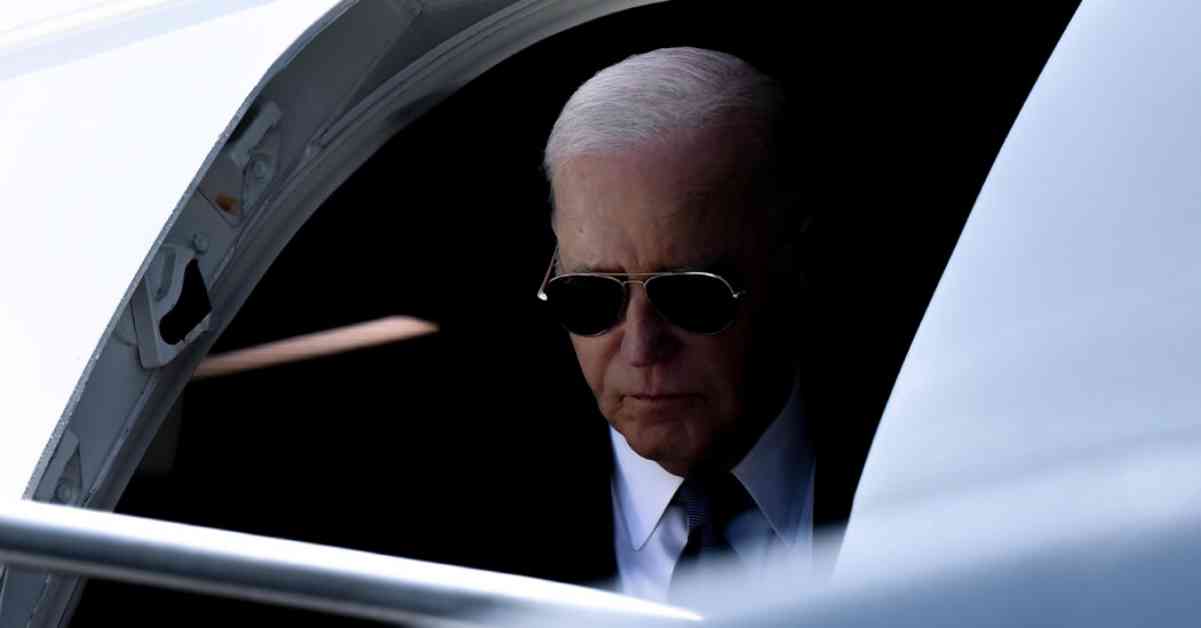President Biden is facing a new challenge as misleading videos of his public appearances have been circulating online recently. These videos lack context and have contributed to voters’ concerns about his age and abilities. Conservative news outlets, the Republican National Committee, and the Trump team have shared videos that twist mundane moments to make the president look bad.
One such video created the impression that President Biden wandered off during a meeting with other Group of 7 leaders, when in reality he was greeting paratroopers. Another video appeared to show Jill Biden leading the president out of an event while President Emmanuel Macron of France greeted veterans, but the longer footage showed Mr. Biden also interacting with veterans. Additionally, a clip suggested that President Biden struggled to sit down at a D-Day commemoration ceremony, but he eventually took a seat when the next speaker was announced.
A review of these videos by The New York Times revealed that scenes were cut short, taken out of context, or cropped in a way that omitted crucial details. While it is common for campaigns and political groups to disseminate damaging videos of their opponents, the recent flood of misleading clips underscores the challenge Mr. Biden, 81, faces in convincing voters that he is fit for another term.
Polls indicate a close race, but many Americans still have doubts about President Biden’s fitness. The selectively edited videos from his public appearances only serve to fuel those concerns and give rise to conspiracy theories on social media.
The spread of misinformation through misleading videos is a serious issue that can impact public perception and influence voter opinions. It is essential for voters to critically evaluate the sources of information they encounter and seek out accurate and unbiased reporting to make informed decisions.
In the age of digital media, it is more important than ever to be vigilant and discerning consumers of information. By being aware of the potential for misleading content and fact-checking sources before sharing information, we can all contribute to a more informed and responsible public discourse.




